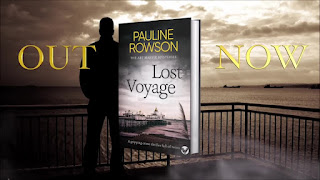I no longer maintain this blog but you can find all my blog articles, news and books on my website at www.rowmark.co.uk
You can also subscribe to my newsletter and contact me via my website at: www.rowmark.co.uk Hope to see you there!
www.rowmark.co.uk

